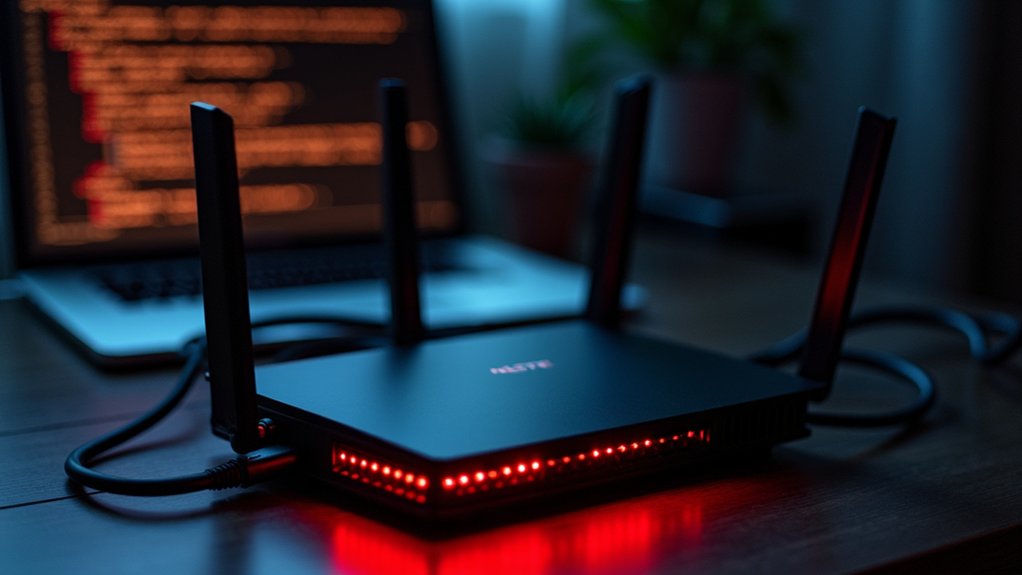Even though Palo Alto Networks has classified CVE-2025-0133 as a low-severity vulnerability, the reflected cross-site scripting flaw affecting GlobalProtect gateway and portal features presents significant risks for organizations utilizing Clientless VPN configurations. The vulnerability permits malicious JavaScript execution in authenticated users’ browsers when they interact with specially crafted links, potentially exposing credentials and session cookies through the trusted portal domain.
Low-severity classification masks genuine risks as reflected XSS vulnerability enables credential theft through trusted GlobalProtect portal domains.
The attack mechanism exploits poor input handling within the GlobalProtect Captive Portal interface, requiring user authentication and interaction with attacker-generated links. This creates opportunities for sophisticated phishing campaigns that capitalize on the portal’s legitimate domain reputation, making malicious requests appear trustworthy to unsuspecting users. Organizations employing Clientless VPN face heightened exposure, as successful exploitation can result in session cookie theft and credential harvesting.
Critical system versions remain vulnerable, including PAN-OS 11.2.x installations prior to version 11.2.7, 11.1.x systems before 11.1.11, all 10.2.x deployments, and unsupported 10.1.x platforms reaching end-of-life status in August 2025. The availability of public proof-of-concept code compounds the threat terrain, irrespective of no confirmed evidence of active exploitation campaigns targeting this specific vulnerability.
The broader security context reveals troubling patterns within PAN-OS environments, with approximately 65% of devices remaining unpatched against recent vulnerabilities as of early 2025. Related security flaws, including CVE-2025-0108, CVE-2024-9474, and CVE-2025-0111, demonstrate persistent challenges with management interface security that could facilitate privilege escalation when combined with this cross-site scripting vulnerability. Organizations can implement additional protection by activating Threat Prevention subscription services to automatically block exploitation attempts.
Mitigation requires immediate upgrading to patched PAN-OS versions for supported systems, whereas legacy installations will receive no further security updates. Organizations can reduce attack vectors by disabling Clientless VPN functionality where operationally feasible, implementing thorough user education programs regarding suspicious portal links, and establishing strong monitoring protocols for authentication logs. Prisma Access customers remain protected as the cloud-based service automatically blocks exploitation attempts for this vulnerability.
The vulnerability emphasizes the critical importance of maintaining current software versions and implementing multi-layered security controls to protect against evolving threats targeting remote access infrastructure.









